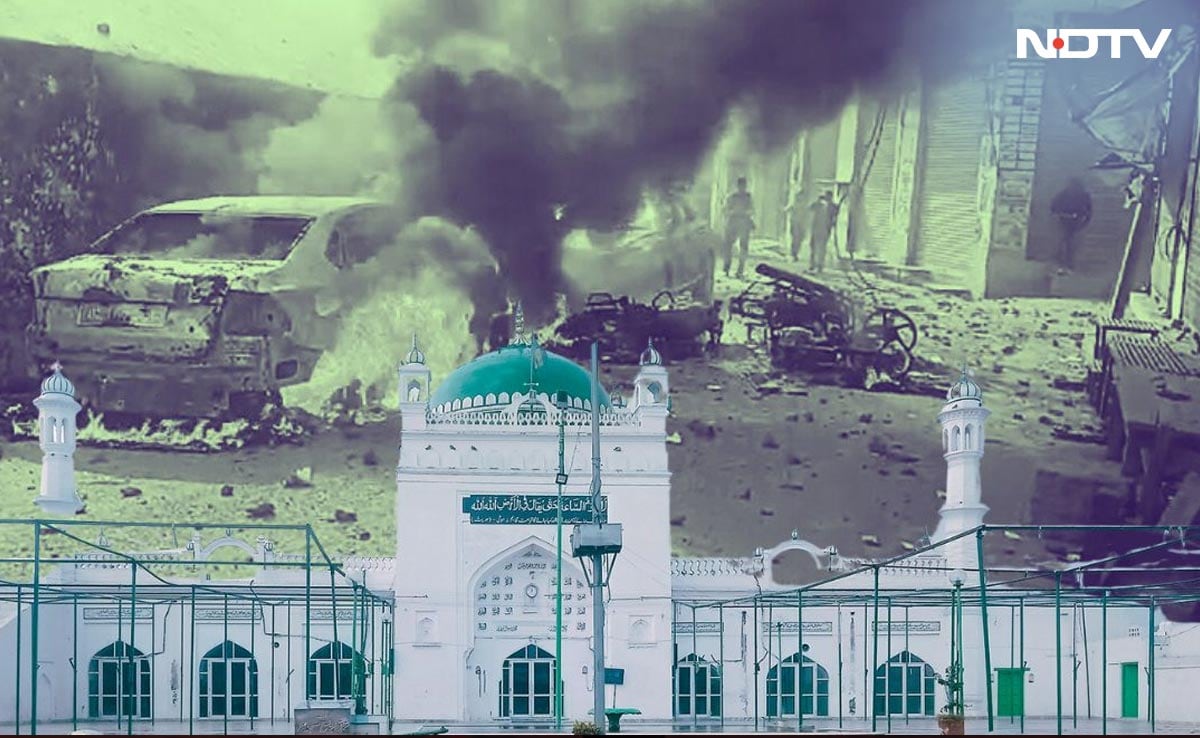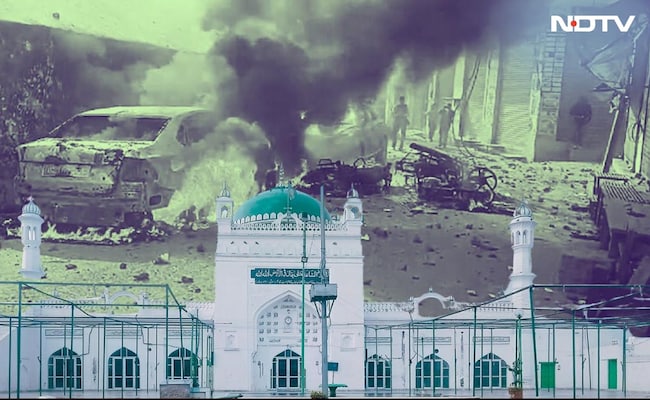

New Delhi:
A lower court’s order of a survey at the Mughal-era Shahi Jama Masjid of Sambhal that triggered massive violence in which four people died and many were injured, has been challenged in the Supreme Court. The Masjid Committee has sought an immediate stay on the order and demanded an early hearing from Chief Justice of India Sanjeev Khanna.
The petitioners have claimed that this is an “extraordinary case”, so the court should take “extraordinary steps”. A bench led by the Chief Justice of India will hear the case tomorrow.
In response to a petition that claimed that the mosque stands on a temple dedicated to Kalki, the court had ordered a survey on November 19. As the district administration and police carried out the survey, there was criticism from several quarters, including the Jama Masjid management committee.
The situation snowballed on November 24 as a second survey by the Archaeological Survey of India was scheduled. Locals, fearing a demolition of the mosque, gathered to protest and in the violence that followed, four people died and many were injured.
In their petition, the mosque committee has said the civil court had passed one-sided orders and directed survey to be conducted on the same day with undue haste. It did not call for response from the affected parties — the committee and the state government — or conduct any judicial proceedings.
The manner in which survey was ordered in this case and in some other cases will have an immediate impact in a number of cases across the country that have been filed recently concerning places of worship. Such orders will have a tendency to inflame communal passions, cause law and order problems and damage the secular fabric of the country, the petition contended.
The Muslim community has strongly opposed the survey, pointing to the Places of Worship Act, 1991. The law maintains that barring Ayodhya, status quo as on August 15, 1947, will have to be maintained for religious structures across the country.
But in 2023, the Supreme Court had allowed a survey at Varanasi’s Gyanvapi Mosque, with then Chief Justice of India DY Chandrachud arguing that the Places of Worship (Special Provisions) Act, 1991 does not debar ascertainment of the religious character of a place of worship.
The violence of November 24 in Sambhal and the subsequent decision of a court to hear a similar claim about the Ajmer Dragah has sparked a huge political row which resonated inside parliament and out. Both Lok Sabha and Rajya Sabha were adjourned shortly after they convened today. In the Lok Sabha, Opposition members gathered at the well of the House, raising slogans demanding action against the perpetrators of the Sambhal violence.
Former Jammu and Kashmir Chief Minister and People’s Democratic Party chief Mehbooba Mufti, claiming that the violence at Sambhal, Uttar Pradesh, was the direct result of this judgment, said, “Thanks to a former Chief Justice of India a Pandora’s box has been opened sparking a contentious debate about minority religious places”.
“Despite a Supreme Court ruling that the status quo should be maintained as it existed in 1947, his judgement has paved the way for surveys of these sites potentially leading to increased tension between Hindus and Muslims,” the PDP chief added, citing the top court’s remarks when a bench had decided that a Ram temple can be built in Ayodhya.
Ziaur Rehman Barq, the Samajwadi Party MP from Sambhal, condemned the move as an attempt to disrupt communal harmony.
Earlier today, the Uttar Pradesh Police held a flag march in Sambhal ahead of Friday prayers.



